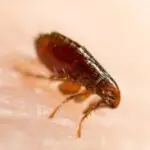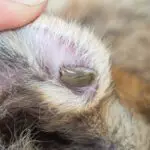What Fleas Do to Humans
If you have ever had a flea infestation, you know how irritating it can be. Fleas are brown, parasitic insects that feed by biting and sucking blood. The bites are often itchy and cause the skin to swell. They have one puncture point in the center and can remain inflamed for weeks. They can be found on dogs, cats, and domesticated animals. Fleas can also carry the tapeworm Dipylidium caninum.
The bites of fleas can cause swelling and redness around the area. Some people will experience pain in the chest or abdomen. Others may experience small pimples or discolored blisters. These bites may also cause secondary infections. And in some cases, fleas can even carry bacteria, causing a serious illness.
The number of cases of flea-borne disease in humans is low in the U.S., but the rising temperatures and increased international travel are increasing the risk. Perhaps the most well-known of all the diseases transmitted by fleas is the bubonic plague. In the 14th century, this disease killed over 25 million people in Europe. Today, the plague still occurs, though not as frequently as in the past.
There are two species of fleas: the northern rat flea and the oriental rat flea. The northern rat flea feeds on roof rats and Norway rats. Both species can transmit murine typhus and plague. They burrow into the skin and feed on blood. Their bites can leave behind an ulcer on the skin and can affect a person’s ability to walk.








